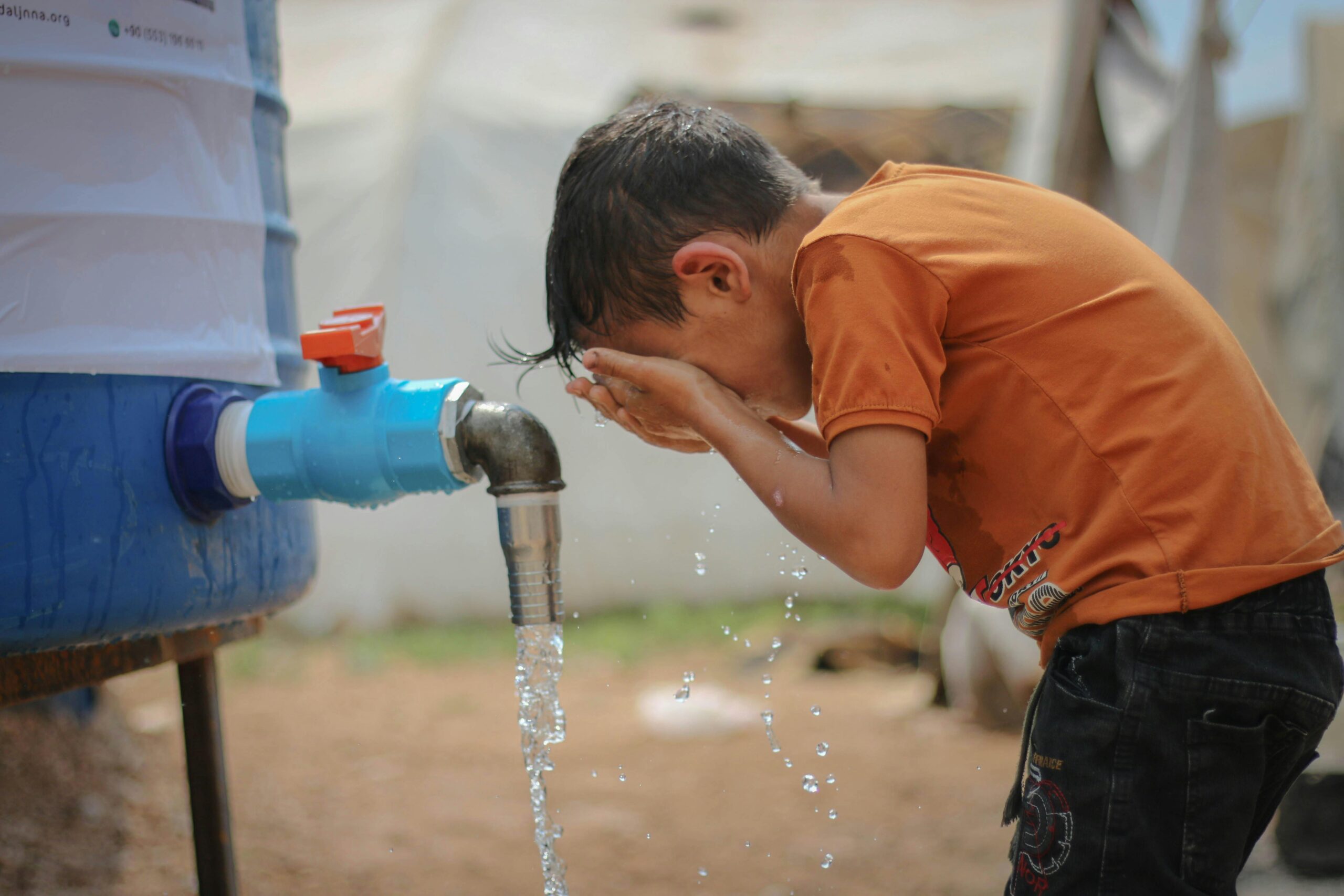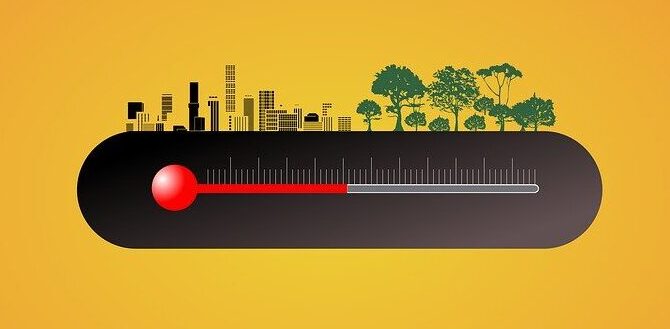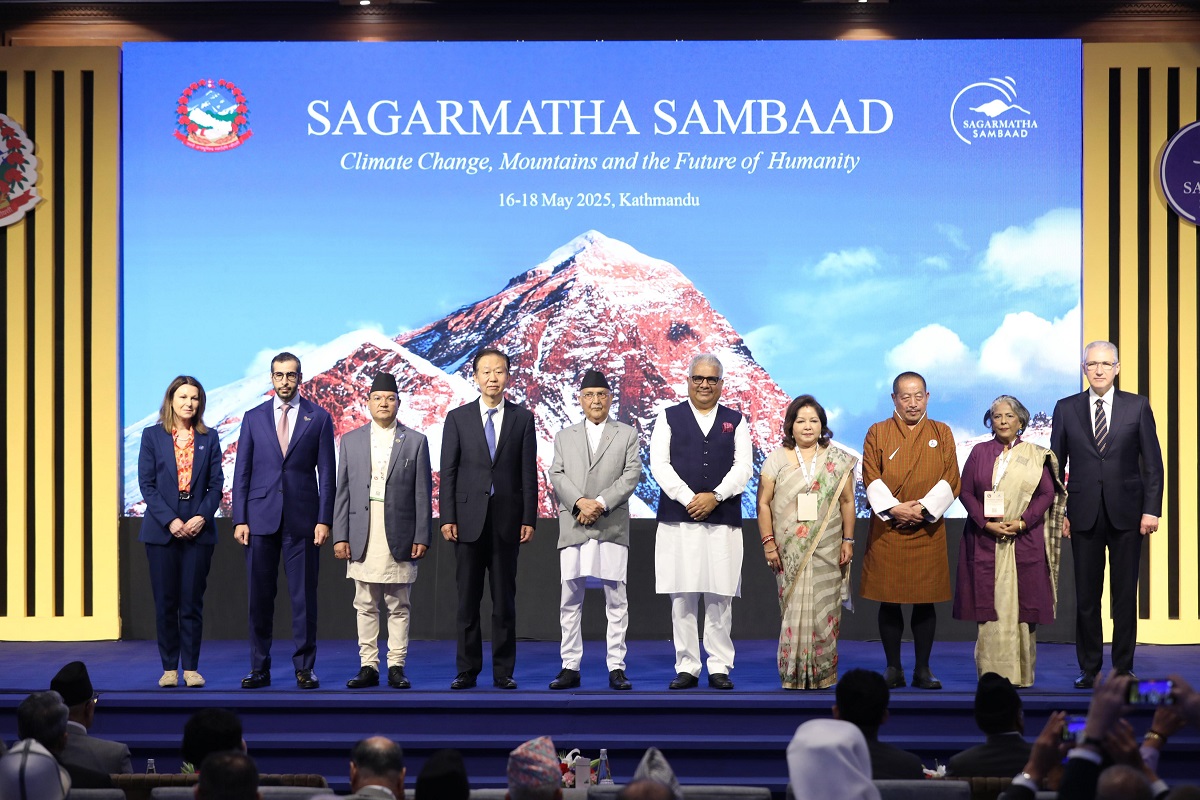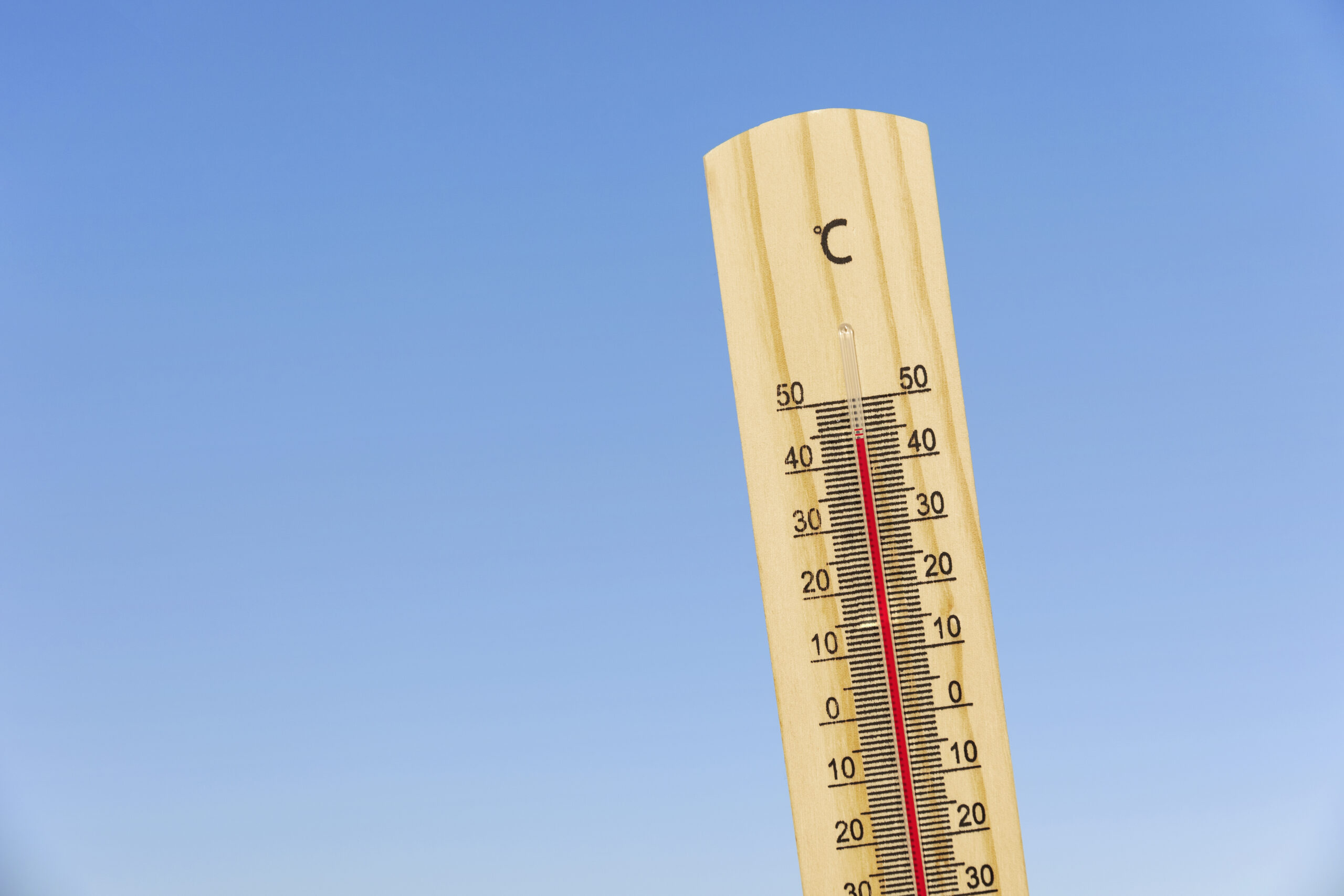Arunachal Pradesh has lost 110 glaciers in 32 years; a new study has revealed. The study, by researchers from Nagaland University and Cotton University, highlights the alarming pace of glacial retreat, underscoring the impact of climate change in the region.
According to the study, Arunachal Pradesh had 756 glaciers covering an area of 585.23 sq km in 1988. However, the number plummeted to 646 glaciers, with a corresponding reduction in the area to 275.381 sq km, in 2020. The data suggests the state is losing glaciers at the rate of 16.94 sq km every year.
Findings of the Study
As per the study, the Himalayan glaciers have noted significant changes in temperature and precipitation. The temperature in the region has increased by 1.6°C in the last century. This shows that the northwestern Himalayas have a higher rate of temperature in comparison to the global average rate. A majority of the glaciers surveyed lie at an elevation of 4,500-4,800 metres above mean sea level and are oriented towards the north.
The research, covering the period from 1988 to 2020, mapped glacier changes using remote sensing and GIS techniques across multiple districts in Arunachal Pradesh. They covered areas like Tawang, Lohit, West Kameng, Kurung Kumey, Upper Siang, and Upper Dibang Valley districts. For reference, they used the Randolph Glacier Inventory of Global Land Ice Measurements from Space.
According to the study, the total glacial area decreased from 309.85 sq. km at a retreat rate of 16.94 sq. km over the study period. The number of glaciers fell from 756 to 646. Glaciers located at altitudes between 4,500 and 4,800 meters, primarily on slopes ranging from 15° to 35° and facing north, were most affected. Smaller glaciers (under 5 sq. km) experienced the fastest shrinkage. The retreat rate in the Eastern Himalayas is surpassing the global average, the study revealed.
The study has been authored by Vimha Ritse, Amenuo Susan Kulnu, and Latonglila Jamir of Nagaland University’s Department of Environmental Science, and Nabajit Hazarika of the Guwahati-based Cotton University’s Department of Environmental Biology and Wildlife Sciences. The findings were published in the Journal of Earth System Science.
Himalayas: The Third Pole
The Himalayas is considered as the ‘Third Pole’ as it has the largest collection of glaciers outside the Polar regions. It serves as a source of freshwater for more than 1.3 billion people. Glaciers are also significant in maintaining the region’s hydrological balance and global sea level.
According to the study, monitoring and assessing these natural frozen freshwater reserves are crucial for water resource management. “Glaciers are considered to be important indicators of climate change. However, they are still poorly inventoried in the Himalayas, especially in the eastern region, owing to the difficult terrain and lack of technological advancement,” it said.
The Eastern Himalayas are witnessing a temperature increase of 0.1°C to 0.8°C per decade—a rate exceeding the global average. While global temperatures have risen by 1.6°C over the past century, the study points out that the Himalayan region, particularly the northwestern Himalayas, has experienced an even greater temperature rise.
The Glacial Retreat
The glacial retreat is the process by which glaciers melt faster than new snow and ice can accumulate and it is a key indicator of global climate change. The glacial retreat in Arunachal Pradesh exposed bedrock, created glacial lakes, and raised threats of glacial lake outburst floods (GLOFs). The eastern Himalayas have already witnessed a major GLOF in 2023 when the Sikkim disaster claimed more than 55 lives and destroyed a 1,200-megawatt hydropower project on the Teesta River.
Glaciers play a crucial role in maintaining regional water security, serving as a vital source for rivers that sustain millions of people. Their rapid retreat not only threatens water availability but also contributes to the formation of glacial lakes, increasing the risk of glacial lake outburst floods (GLOFs), which can cause catastrophic damage to downstream communities.
The accelerating glacial retreat calls for urgent climate adaptation strategies, including improved monitoring systems, sustainable water management, and policies to mitigate global warming. As temperatures continue to rise, protecting these glaciers is critical for the region’s ecological and human well-being, the study pointed out.






